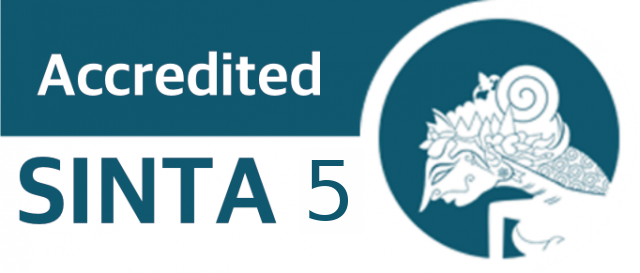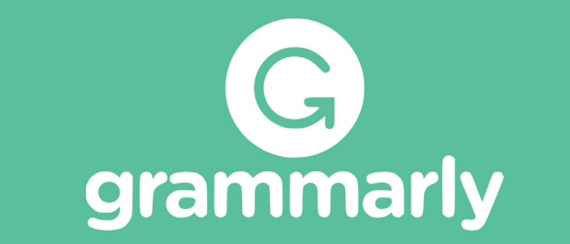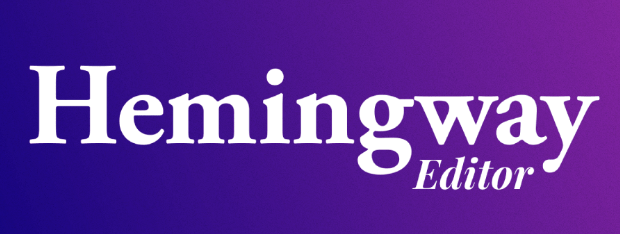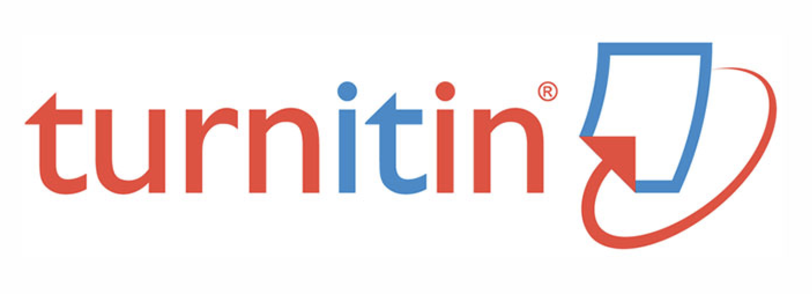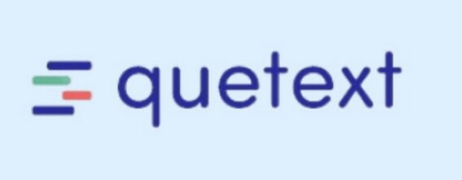Implementation of Policy Regarding Distribution of BLT for Extreme Poverty in Tambolongan Village, District. Bontosikuyu District. Selayar
DOI: https://doi.org/10.26618/jeb.v20i1.15303
Policy Implementation, Distribution of Extreme Poverty BLT
Abstract
Policy implementation is any action taken by the government, both individually and in groups, to achieve a goal. Extreme poverty generally means the inability of a community to meet basic needs such as food, drinking water, proper sanitation, health, housing, education and access to information about income and social services. The purpose of this research is the BLT program to help households that are vulnerable to the impact of the Covid-19 pandemic. Qualitative descriptive research method. Primary data comes from direct interviews with direct beneficiaries of extreme poverty in Tambolongan village. The results of this study are: (1) The village government in determining extreme poverty communities still refers to Perkades 01 of 2023 which as been agreed upon with community leaders. (2). Policy implementation carried out by the Tambolongan Village government includes communication, implementing attitudes, bureaucratic structure, and resources. The team involved in the policy of distributing Aid to extreme poverty communities is the implementing team carrying out the Fund Budgeting proposed by the coaching team for evaluation. After that, the Village Fund is ready to be distributed to people of extreme poverty. (3). The concept of economic empowerment for the people guided by the Al-Qur'an lies in the utilization and distribution of wealth evenly which is carried out properly and correctly. There are two provisions recommended in the Al-Qur'an, the first is the command to provide assistance to the poor through infaq, alms and orders to feed the poor (ṭa'am almiskin), apart from being a form of first aid to the poor to maintain their survival, it can also It is understood that this is one way of Islam in empowering povertyReferences
Agustino, L. (2006). Dasar-Dasar Kebijakan Publik. alfabeta.
Akhmad Mujahidin. (2014). Ekonomi Islam (Sejarah, Konsep, Instrumen, Negara, dan Pasar) Edisi Revisi,. Rajawali Pers.
Arikunto, S. (2013). Prosedur Penelitian: Suatu Pendekatan Praktik,. Rineka Cipata,.
Basrowi, & Surwardi. (2008). Memahami Penelitian Kualitatif. Rineka Indah.
Chapra, M. U. (1996). , What is Islamic Economics, IDB Prize Winner’s Lecture Series No. 9. Islamic Development Bank.
Dzulqarnain, G. Z., Meigawati, D., & Basori, Y. F. (2022). Implementasi Program Sustainable Development Goals ( SDGs ) dalam Upaya Penanggulangan Kemiskinan di Kota Sukabumi. PROFESSIONAL: Jurnal Komunikasi & Administrasi Publik, 9(1), 109–116.
Hakim, L., & Syaputra, A. D. (2020). Al-Qur’an dan Pengentasan Kemiskinan. Jurnal Ilmiah Ekonomi Islam, 6(3), 629. https://doi.org/10.29040/jiei.v6i3.1310
Huda, N. (2018). Ekonomi Makro Islam Pendekatan Teoritis,. KENCANA Cetakan ke-6.
Icha Annisa Aprilia, A. S. I. N. (2022). Peran Komunikasi Pemerintah Untuk Mewujudkan Good Governance Melalui Pelayanan Publik. Communication, VOL. 13(NO.1), 85.
Itang. (2015). Faktor faktor penyebab kemiskinan. Keislaman, Kemasyarakatan Dan Kebudayaan, 16(1), 1–30.
Karsasmita, G. (2006). , Pembangunan Untuk Rakyat: Memadukan Pertumbuhan dan Pemerataan,. Pustaka Cakra.
Kasenda, L. G. J., & Pioh, Novie R., A. K. (2022). “Peraturan Menteri Keuangan Republik Indonesianomor 201/PMK.07 /2022 Tentang Pengelolaan Dana Desa Pasal. Jurnal Transdisiplin Pertanian (Budidaya Tanaman, Perkebunan, Kehutanan, Peternakan, Perikanan), Sosial Dan Ekonomi, 18(1), 51.
M. Nur Arianto Al Arif dan Euis Amalia. (2016). Teori Mikroekonomi:Suatu Perbandingan Ekonomi Islam dan Ekonomi Konvensional,. Kencana, Cetakan Ke-3.
Maipita, I. (2013). Memahami dan Mengukur Kemiskinan (Absolute m).
Marten Nusi. (2023). Implementasi Kebijakan Penanggulangan Dampak Covid 19 Melalui Bantuan Langsung Tunai (Blt). Ilmiah Publika, 11(1), 208.
Molo, M. (2016). Kemiskinan: Konsep, Pengukuran Dan Kebijakan*. Populasi, 6(2). https://doi.org/10.22146/jp.11450
Naihasya, S. (2006). Kebijakan Publik Menggapai Masyarakat Madani. Mida Pustaka.
Neti Sunarti. (2016). “Implementasi Kebijakan Pemerintah Dalam Melaksanakan Program Pembangunan. Moderat, 2(02), 790.
Santoso. (2008). Analisis Kebijakan Publik Konsep, Teori Aplikasi. pusataka belajar.
Shihab, M. Q. (2002). tafsira al-mishbah pesa, Kesan dan Keserasian al-Qur’an. letera hati.
Suharto, E. (2009). Kemiskinan dan Perlindungan Sosial di Indonesia: Menggagas Model Perlindungan Sosial Universal Bidang Kesehatan,. Alfabeta.
Sulistiyani, A. T. (n.d.). Kemitraan dan Model – Model Pemberdayaan. Gava Media.
Sulistiyani, A. T. (2004). Kemitraan dan Model – Model Pemberdayaan. Gava Media.
Sunarti, N. (2016). Implementasi Kebijakan Pemerintah Dalam Melaksanakan Program Pembangunan. Moderat, 2(2), 790.
Suyanto, B. (1995). Perangkap Kemiskinan – Problem dan Strategi Pengentasannya,. Airlangga University Press.
Tadaro, micheal. C. S. (2008). Ekonomi Pembangunan Jilid I ( Edisi 9 ),. Erlangga,.
Taufan, A. (2022). Peran Bantuan Langsung Tunai (Blt) Dalam Membantu Perekonomian. Jurnal Cakrawala Ilmiah, 1(10), 2577.
Winarno. (2002). Teori dan Proses Kebijakan Publik. Medpress.


